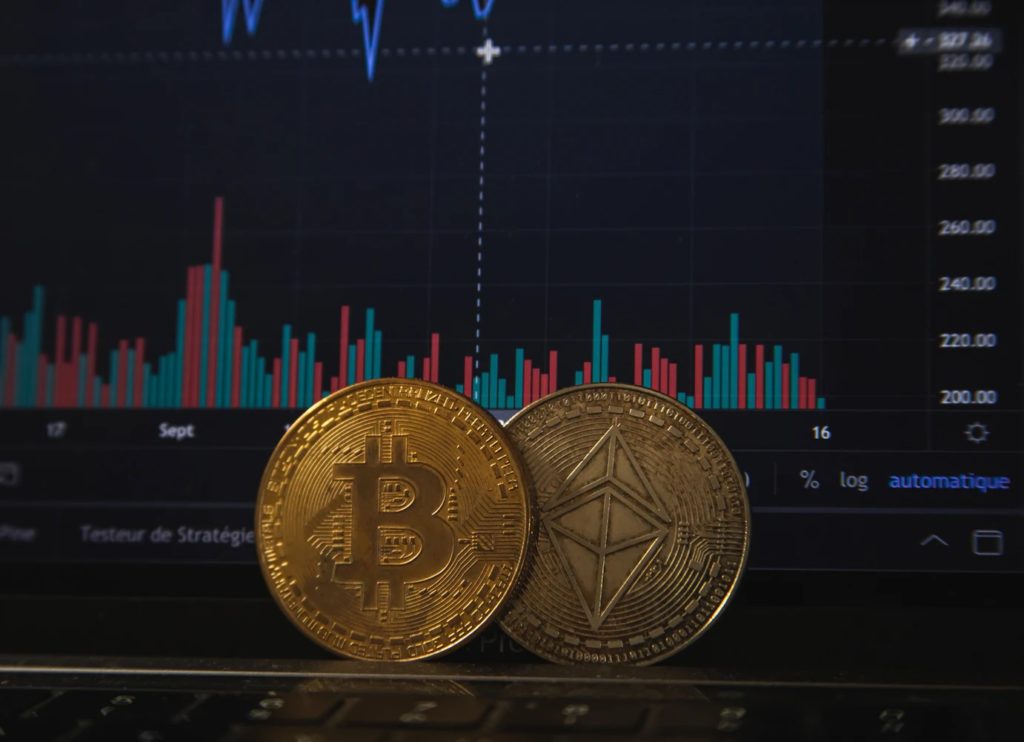Everything You Need to Know About History of DeFi Wallets
Cryptocurrency wallets can take the form of either physical hardware wallets or an online protocol, software, or a service that stores keys that give you permission to make crypto transactions. Wallets can also function to let you encrypt to or sign information as in the case of a smart contract.
Crypto wallets are centralized or custodial wallets which means that the private keys are held by a third-party. Decentralized wallets or DeFi wallets operate differently in that the currency is stored with the user but transactions are conducted on the blockchain. But more about that later…
The history of wallets starts with Bitcoin — as do all modern-day crypto developments. Satoshi Nakamoto’s BitCoin was the springboard that launched Ethereum upon which DeFi has been built almost exclusively. The limitations of the Bitcoin programming language, Script, led to developers exploring other avenues to create more extensive applications using blockchain.
With that exploration, the evolution of the general and typical crypto wallet occurred. After all, sending crypto easily is one thing, but financial systems consist of more than that and that is where Decentralized Financial services come in. They extend to lending, borrowing, funding, trading, and derivatives trading.
“Because it [Bitcoin] is a full node, the client must download the entire (currently 6 gigabytes) blockchain to operate, which can take up to a few days the first time you start the client and several minutes to an hour every time you start the client afterward if you do not keep it running constantly.”
Vitalik Buterin’s review on the Bitcoin-Qt wallet in 2012
One of the oldest projects on Ethereum, Maker, is widely considered a pioneer in the DeFi space. Launched in 2017 during the ICO “rush”, Maker spurred the development of decentralized finance by being one of the first to adopt smart contracts to pool funds from multiple users rather than directly with users. Broadening out the functionality of crypto meant that crypto wallets had to change to meet these new possibilities.
With DeFi the relationship between the user and contract means that there are not as many interactions with the blockchain. This setup was leveraged by Compound, which, in the DeFi summer of 2020, started rewarding their users for lending to and borrowing from the pooled funds. And so, yield farming was born and DeFi began to blossom and access to these new ways to earn using crypto required wallets that were more advanced and had this access and integration.
DeFi’s overall success is underpinned by and dependent upon DeFi wallets.
Wallet development has come a long way to enable integration with more DApps and Decentralised protocols. Early DeFi wallets were clunky, slow, and almost too simple.
Characteristics of DeFi wallets
- Decentralized
- Non-custodial – the user has full custody of the wallet and has complete control over the private keys for the wallet.
- Built in DeFi service offerings
- Anonymity
DeFi wallets are a revolutionary concept considering traditional finance depends entirely on third parties like banks and brokers. Without your keys, access to your DeFi wallet is lost as there is no back-up.
With a centralized wallet the third party can assist should you lose your keys but that can be a security risk. Your funds’ security is wholly dependent on you, so DeFi wallets are arguably the safest options on the market.
DeFi users are not required to verify their identity via KYC and can maintain a level of anonymity and control over their identity. In the age of banking security hacks and identity theft, this is very appealing, although depending on your country of residence and their regulatory framework, it may be necessary to verify your account details depending on the services you use. This is usually to prevent tax fraud, money laundering, and terrorist activities.
The growth and expansion of DeFi through the development and availability of more DApps and protocols makes newer DeFi wallets a lot more diverse than their predecessors.
DeFi wallets have various options available. For example, one of the best DeFi platforms is the Eidoo wallet. The wallet is built into an entire ecosystem of DeFi offerings. Services that give the user access to a Decentralized Exchange (DEX), yield farming strategies with Steroids and liquidity mining through Uniswap, a Visa Debit Card, Instant SEPA on and off-ramps for fiat, the ability to vote in the pNetwork DAO, and even a Non-Fungible Token (NFT) Asset Manager, which highlights the latest NFT trends and collectibles. DeFi wallets are incredibly flexible and integrate across several platforms and protocols.
Mobile wallets are software not hardware, like Eidoo’s wallet, which is available on your phone, whereas hardware wallets only allow users to store their assets on an actual device. Crypto web wallets that give access to a wider scope of services and act as a gateway to decentralized blockchain apps are also considered DeFi wallets.
DeFi wallets are brilliant for general crypto asset management whether you are holding crypto or actively trading in crypto. They support multiple currencies and a wide range of crypto tokens and make life so much easier for the user by allowing access to multiple wallets within the ecosystem. The Eidoo ecosystem supports over a thousand different tokens, including all the main ERC-20 currencies, and has a user-friendly user verification protocol called EidooID. EidooID lets the user confirm their identity in the app and connect to multiple other wallets.
DeFi wallets have come a long way, but their development is the foundation upon which a truly open financial system is possible. Financial access and freedom are becoming more and more of a possibility as ecosystems like Eidoo evolve and become more user-friendly.
It will be interesting to see the future evolution of DeFi wallets. What features and capabilities will come next?



2 thoughts on “Everything You Need to Know About History of DeFi Wallets”